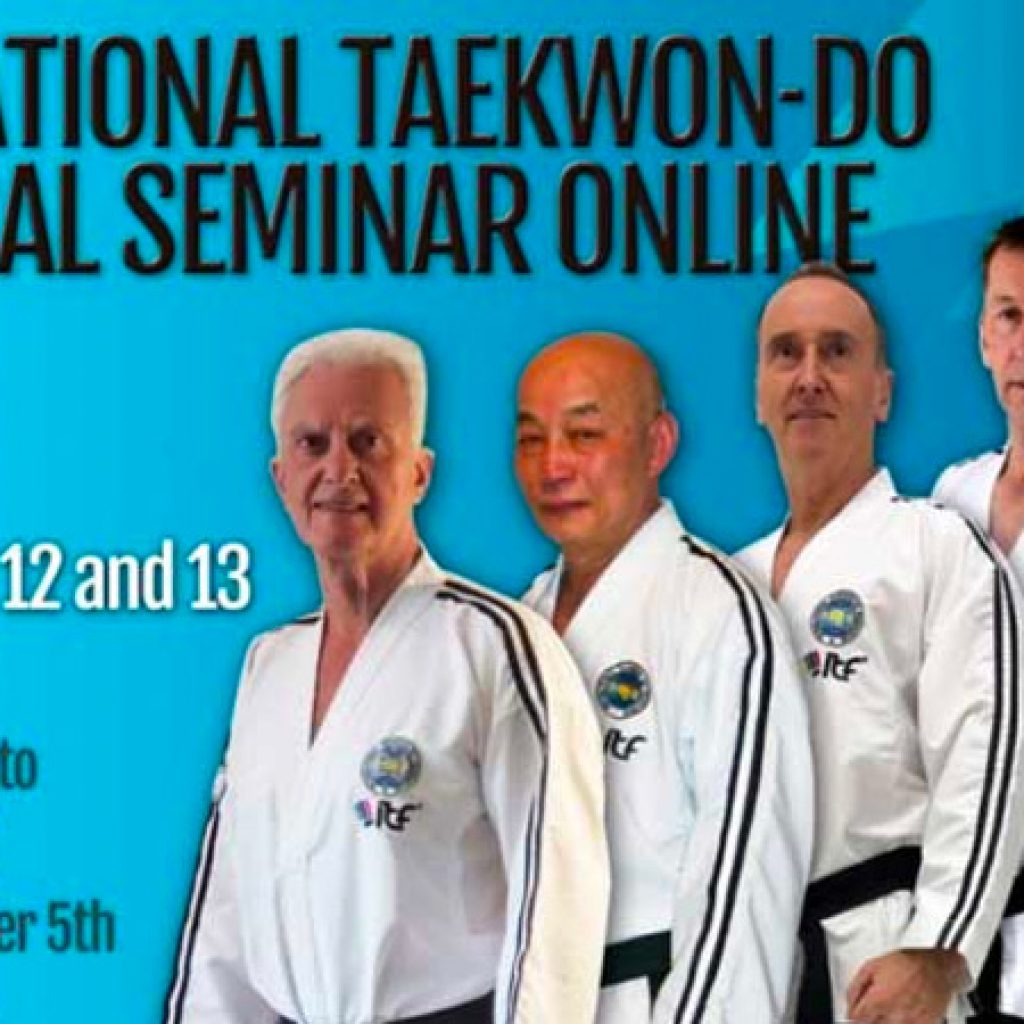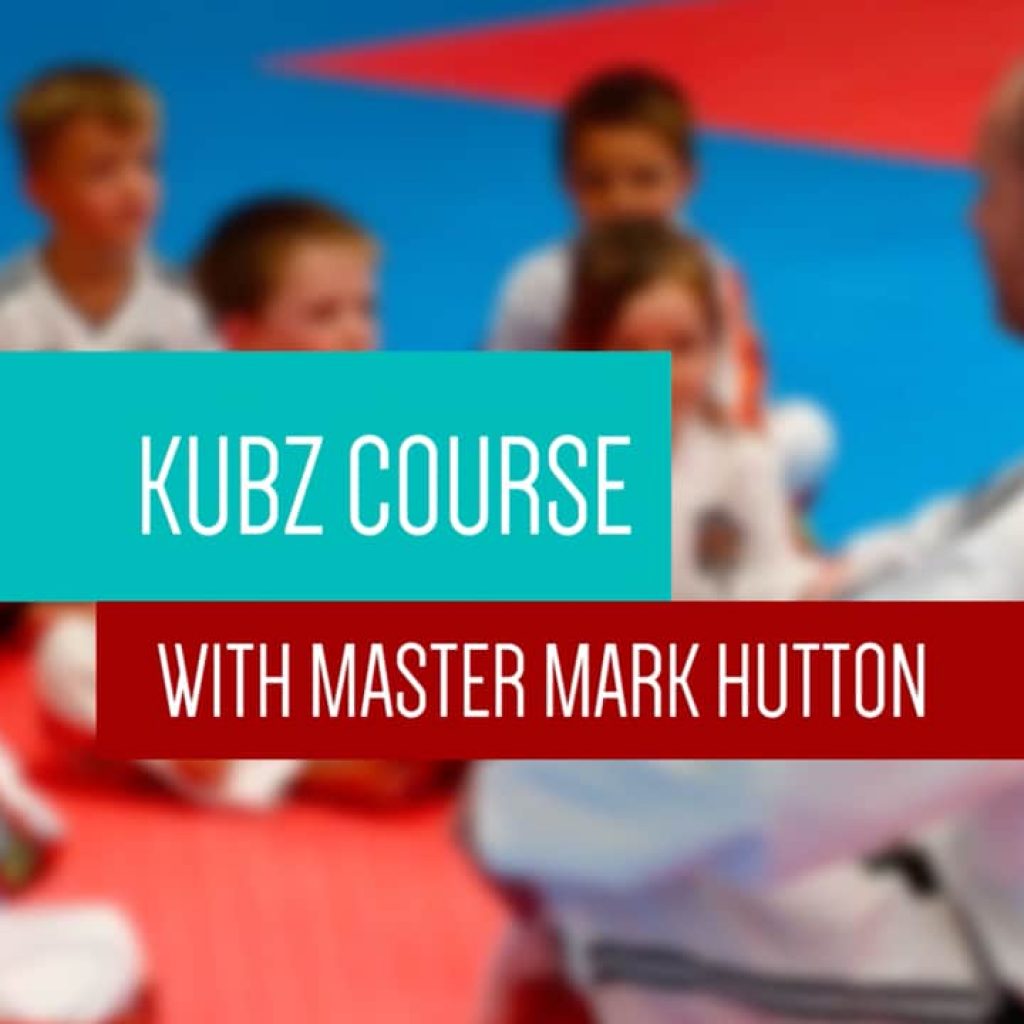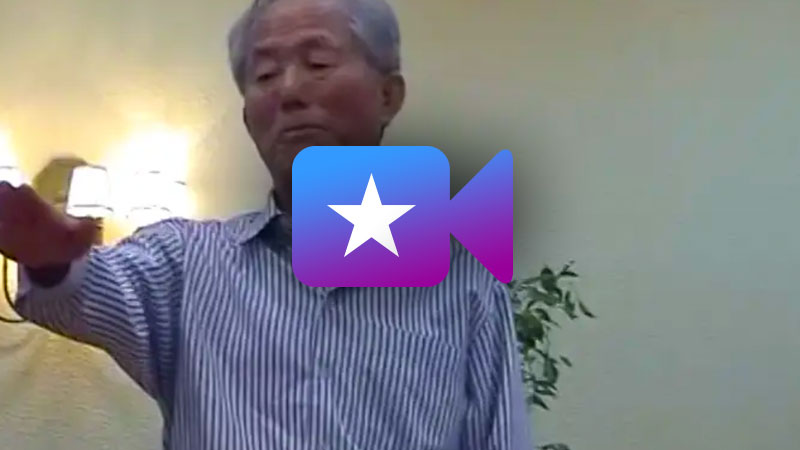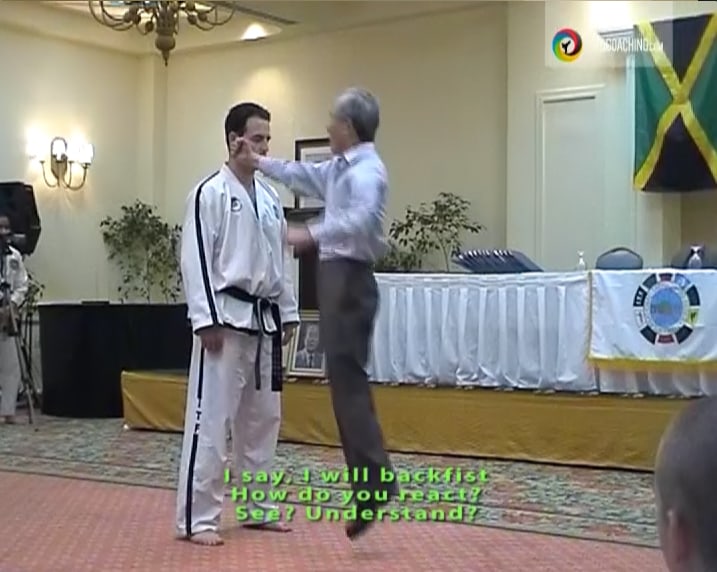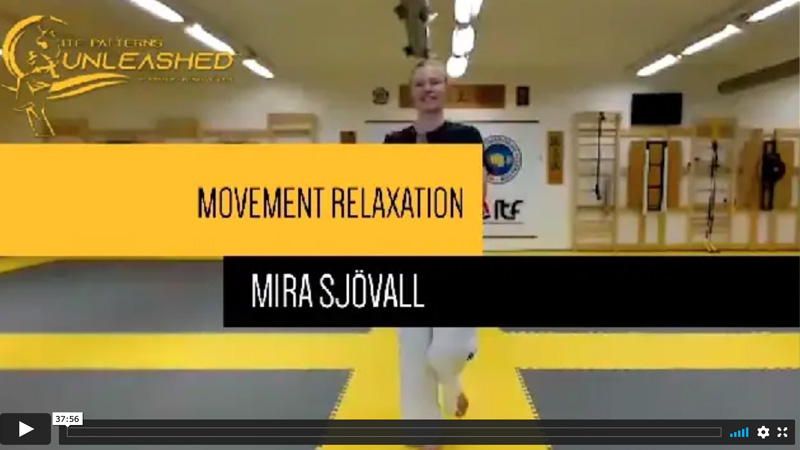Relaxation : the key to power and performance
An essay by – By James Montier
Spend any amount of time in a dojang and you will see some guy (and it is more often than not a guy) whose moves look, well, clunky. They have a tense stiffness about them, a forced attempt to generate power. Trust me I know I was that guy (and still am on occasions).
Instructors faced with the clunky guy almost invariably say “try to relax”. Of course as soon as anyone tells you to relax you are likely to find yourself completely unable to do so, in fact, you are likely to actually stiffen up more. Akin to the experience of being told not to think of a pink elephant, the first thing that pops into your mind is a pink elephant.
When I think of people whose patterns I love watching they often seem to have a natural grace, a relaxed air about them. They make the patterns look simultaneously effortless and powerful. One young lady (a good friend of mine) springs to mind, no one would accuse her of having undue muscles for power creation – watching her try and do a push up is almost comical, but her grace and relaxed fluidity are the key to her generation of power which is obvious when she performs a pattern. Watching her do patterns is almost hypnotic. She is able to relax and then spring into action with a beautiful rhythm.
The relaxation is key, it allows the muscles to move fast and freely. Think of a piece of rope held by two people. If they hold it taunt, and one of the people tries to send a wave along the rope the angle of the rope will simply move with the hand of the person trying to create the wave motion. However, if the rope has some slack, the same up and down motion will now create a wave. Our muscles can be thought of as similar to the rope. The relaxed state means we can move then faster, rather than fighting against the inertia of a tight muscle. Also like the rope with a wave passing along it we try to utilise sequential action – the kinetic chain with each group of muscles activating at the right time to maximise power starting from the floor in most cases. Tense stressed muscles will not allow the energy to pass efficiently from one group to another group of muscles and the kinetic chain will be inhabited by the muscles inertia.
All good and well you may say, but how do you relax? At the risk of sounding like a the classic paradoxical riddle loving martial arts master of the movies, you need to stop trying. Relaxation starts in the mind. Stop trying to force the body to relax, and relaxation will most likely occur naturally, trust in the techniques you have been taught, don’t overthink them. Breath and just let it flow.
The psychologist, Mihaly Csikszentmihalyi wrote about the concept in flow which can be desired as being experienced when a person performing some activity is fully immersed. It can be though of as having six components:
- Intense and focused concentration on the present moment
- Merging of action and awareness
- A loss of reflective self-consciousness
- A sense of personal control over the activity
- A distortion of temporal experience
- Experience of the active is intrinsically rewarding
For me this is the perfect description of the way it should feel to perform patterns. Lose yourself in the pattern.
This isn’t to say that you should never experience tension. As with most things in martial arts, balance is all important. Tension during impact (the snap at the end of motion) is vital to ensure the transmission of force into a target. So effectively we need relaxation at the start of the moment to allow, mass and muscles to be recruited without the need to overcome inertia, and then at the end of a technique we need a moment of tension to allow for force transmission (what Karateka call Kim’s). However, this tension shouldn’t be forced. It is really just the result of the completion of the movement.

